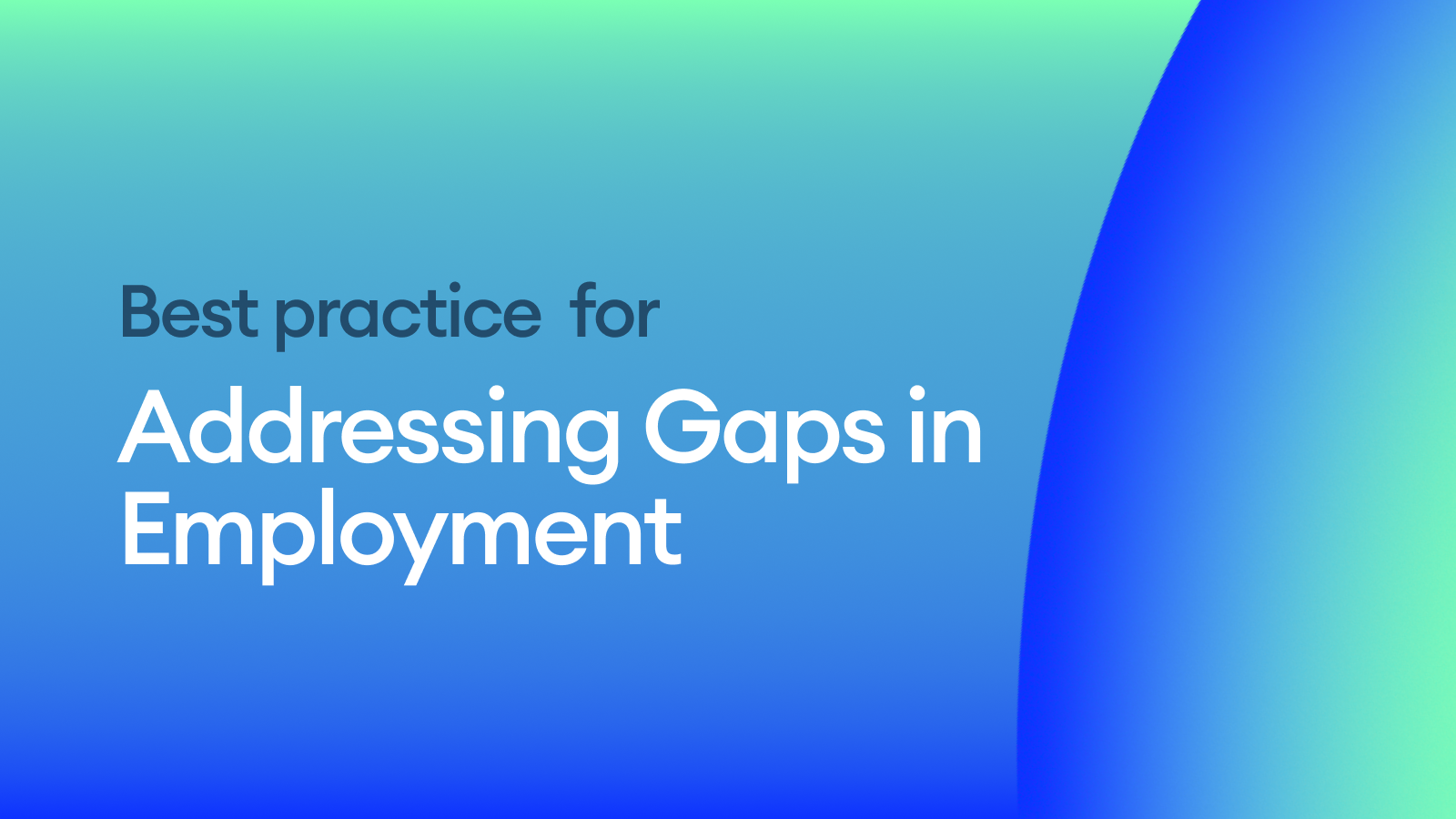It's not uncommon for candidates to have gaps in their employment history. These gaps can arise for various reasons, such as personal health issues, family responsibilities, pursuing further education, or other personal endeavors. For recruiters and HR professionals, understanding how to address these gaps is crucial in assessing a candidate's suitability for a role. This article explores the importance of addressing employment gaps during the recruitment process and provides best practices and tips for handling them effectively.
Best Practices for Addressing Employment Gaps
- Create a Comfortable Environment: Establish a trusting atmosphere during the interview to encourage candidates to openly discuss their employment gaps without feeling judged.
- Review Resumes Thoroughly: Pay close attention to the timelines in a candidate's resume to identify any unexplained periods.
- Ask Open-Ended Questions: Use open-ended questions to allow candidates to provide context and elaborate on their experiences during the gap.
- Focus on Skills and Experiences Gained: Encourage candidates to discuss any skills or knowledge they acquired during their employment gap that could be relevant to the job.
- Be Non-Judgmental: Approach the topic with empathy and without making assumptions about the reasons behind the gap.
- Verify Information: Where necessary, verify the information provided by the candidate through references or background checks.
- Consider the Gap in Context: Evaluate the employment gap in the broader context of the candidate's overall career trajectory and qualifications.
- Respect Ethical and Legal Restrictions: Ensure questions regarding employement gaps are ethical and legal to ensure compliance with employment laws and avoid questions that could lead to discrimination.
Tips for Implementing Best Practices
- Prepare in Advance: Before interviews, prepare questions that sensitively address employment gaps.
- Document Responses Carefully: Keep detailed notes on how candidates explain their gaps for future reference and to support hiring decisions.
- Provide Feedback: If a candidate is not selected due to concerns about an employment gap, provide constructive feedback if appropriate.
- Stay Updated on Trends: Keep abreast of current trends that may lead to more common employment gaps, such as economic downturns or global events.
Conclusion
Addressing gaps in employment history is a nuanced aspect of the recruitment process that requires sensitivity and professionalism. By adopting best practices and implementing effective strategies, recruiters and HR professionals can gain valuable insights into a candidate’s background while ensuring a fair and inclusive hiring process. Ultimately, this approach not only helps in identifying the best talent but also enhances the organization's reputation as an employer of choice.


